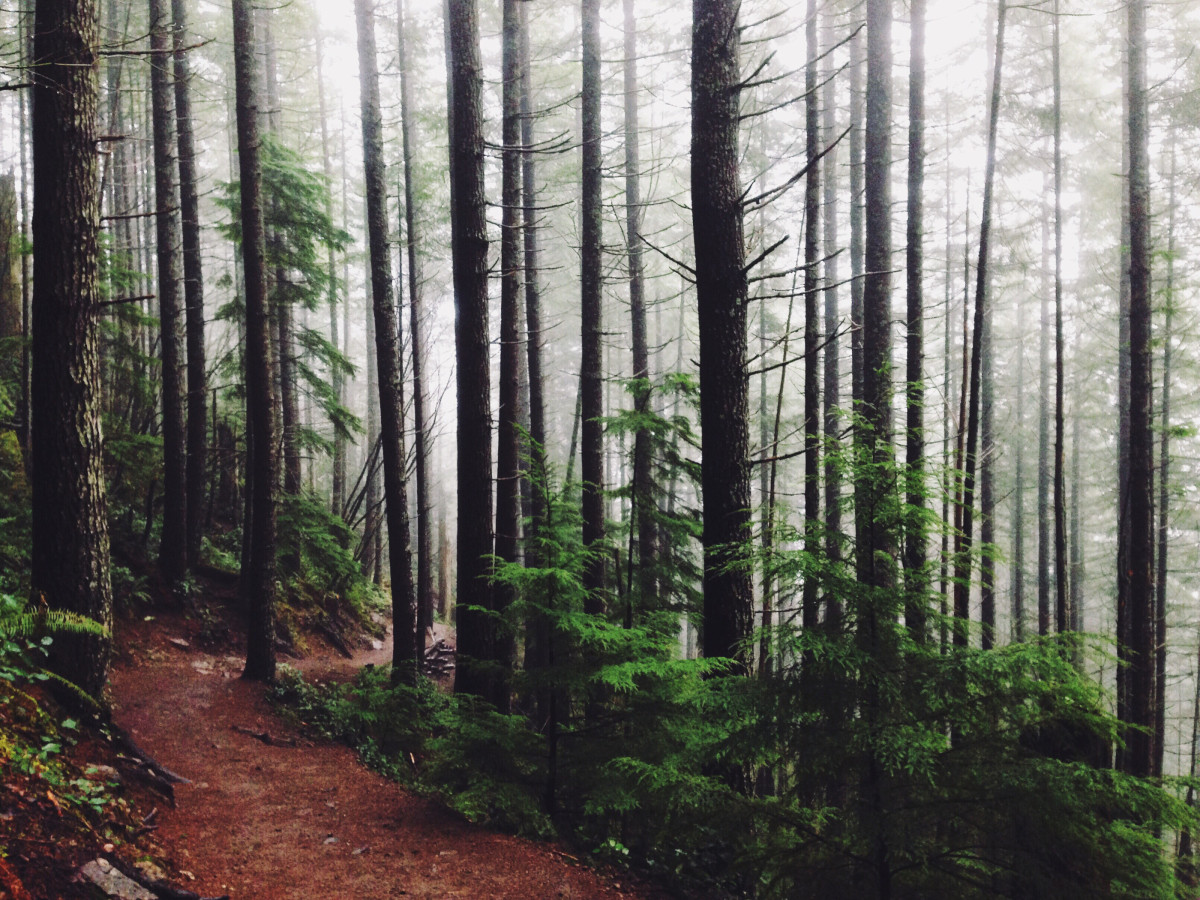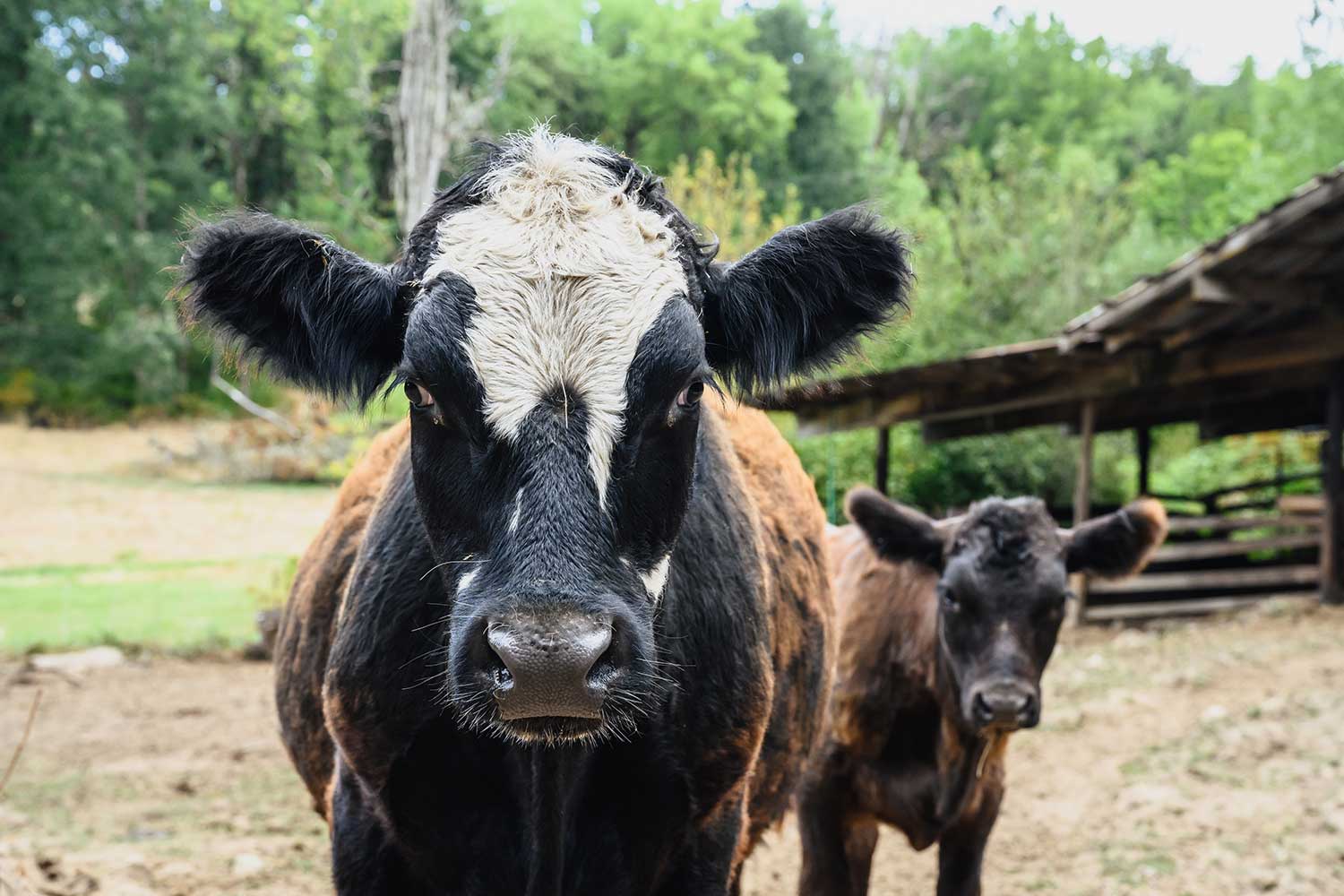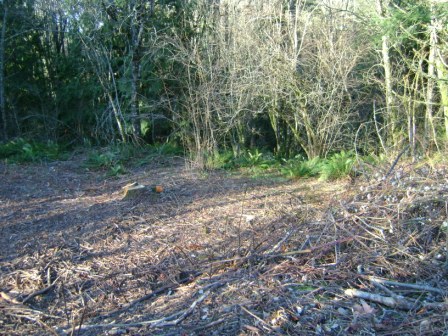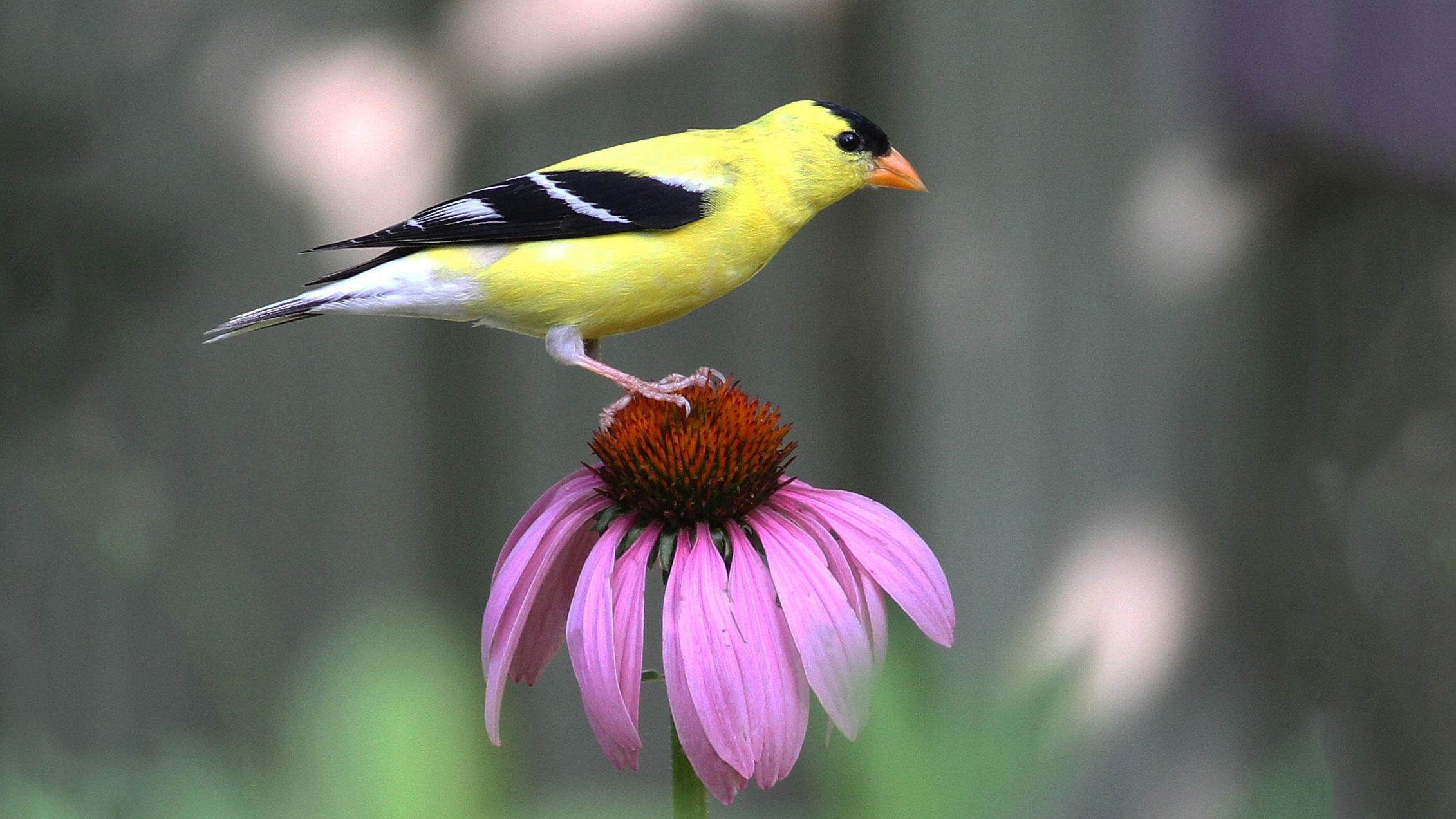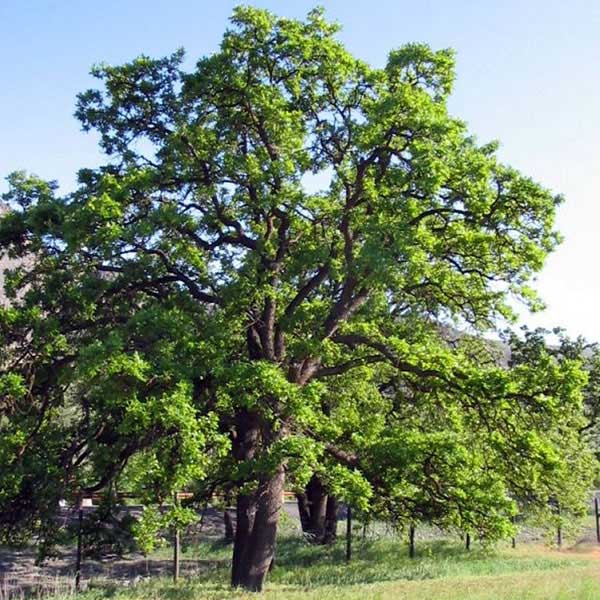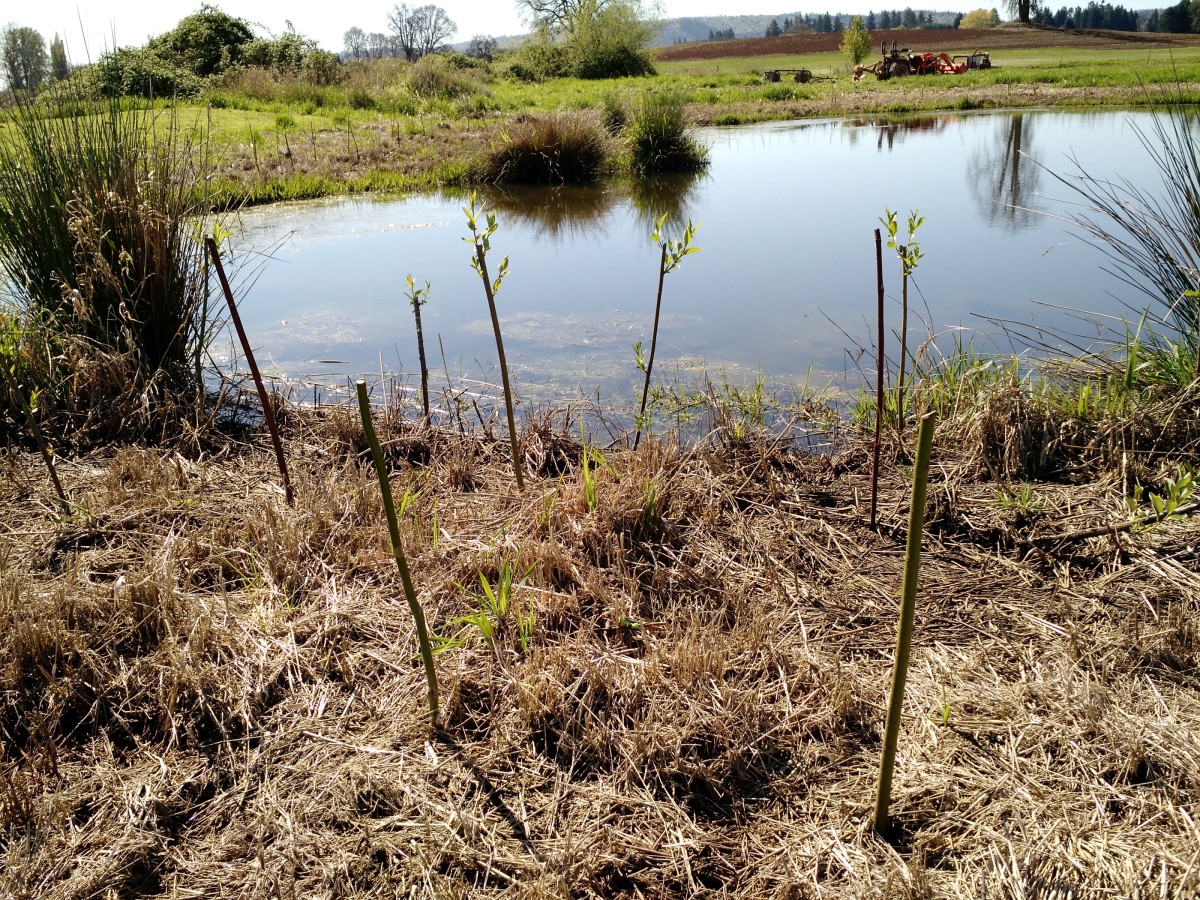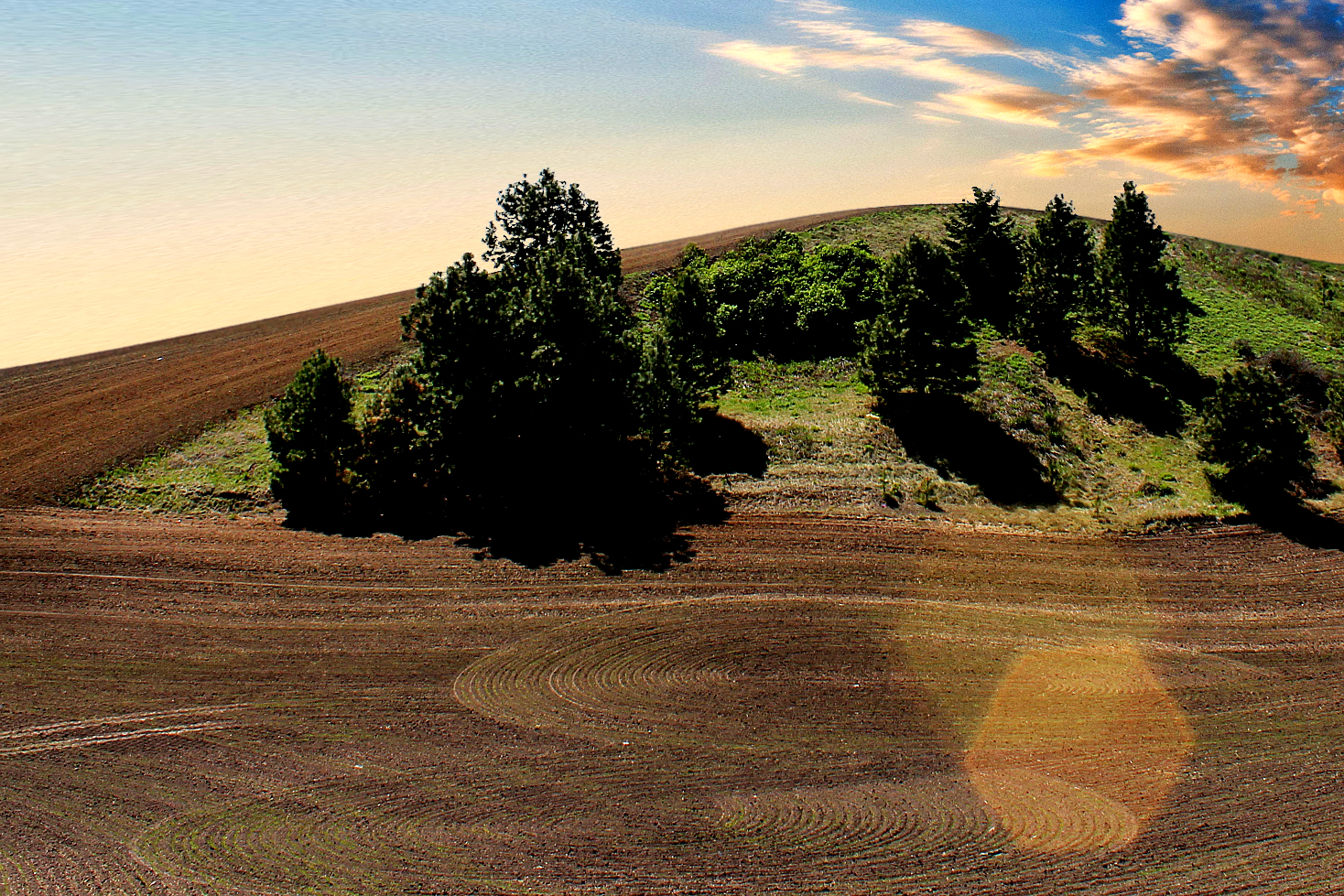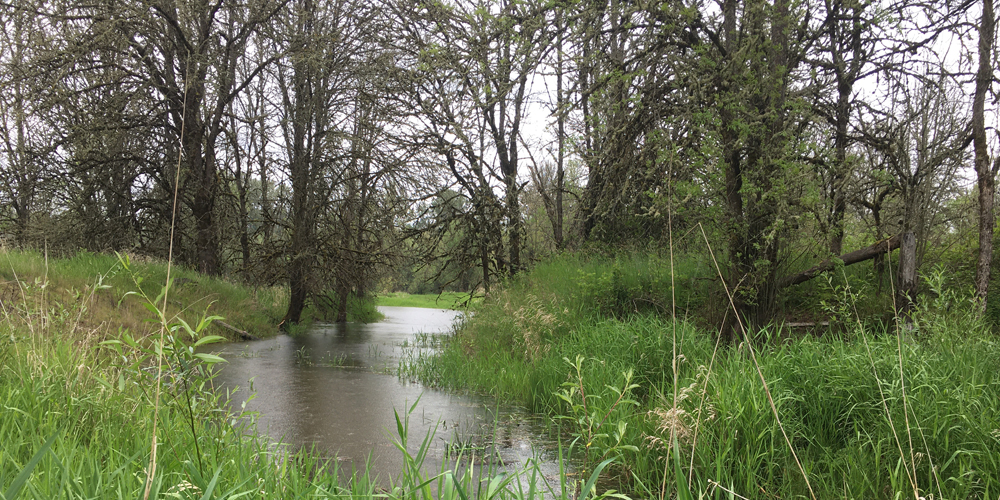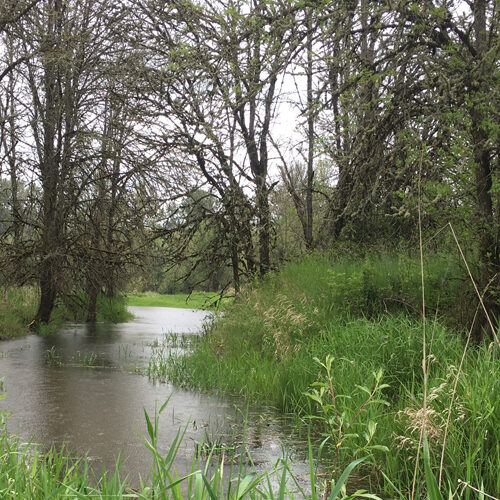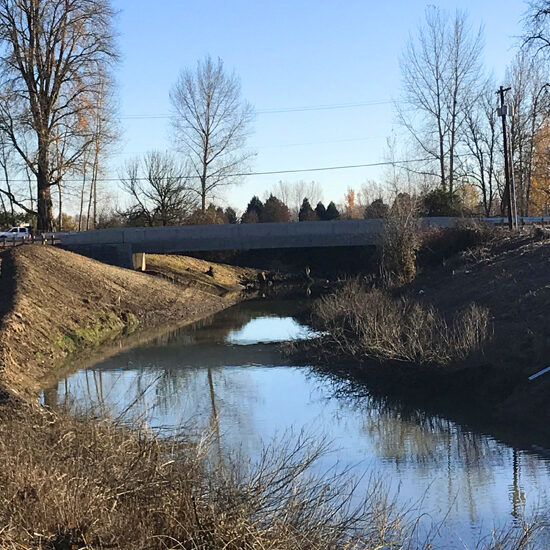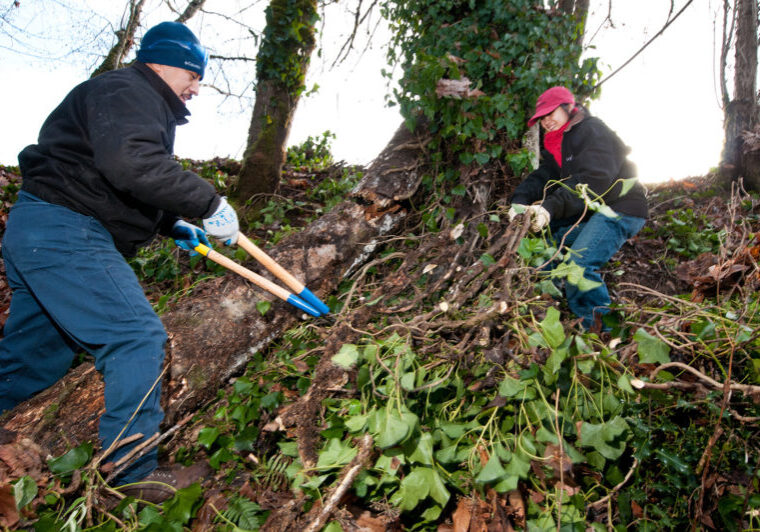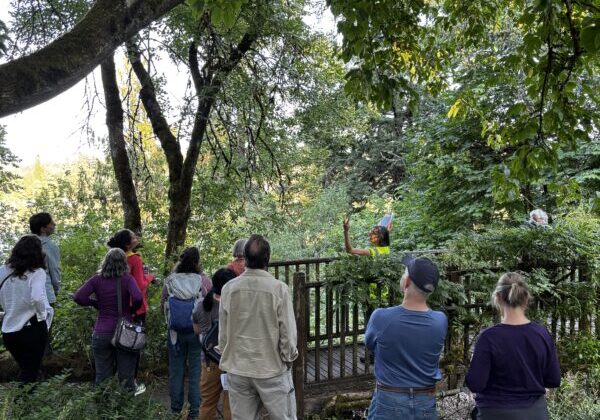Habitats & Biodiversity
Conservation Priorities
Providing for wildlife
Wildlife rely on having a rich diversity of native plants and healthy ecosystems that exist in healthy habitats. Did you know that more than 365 different native animal species call our area home? These animals depend on the diversity of native plants and natural features that occur in healthy habitats and ecosystems. There are many types of habitat in our area.
Habitat enhancement
With some planning and a little effort, you can enhance access to food, shelter, and nesting sites for a wide variety of native species.
Enjoy watching and helping wildlife survive. Also benefit from the services they provide, like pest control or pollination of food crops.
Learn how to create and maintain wildlife habitat.
Improving habitat is at the core of our work.
We help landowners plan and implement conservation projects that benefit wildlife and enrich our natural environment:
- removing invasive plants or insects
- bringing back a diversity of native plants to the landscape
- enhancing biodiversity in the soil, and better managing storm-water.
It is our priority to protect, improve, and expand important habitats.
These include riparian areas, wetlands and ponds, oak woodlands and savanna, forests, meadows, prairie, soil ecosystems on farms, areas that can absorb stormwater, and habitats at moorages and marinas along the Multnomah Channel.
We can help you find ways to improve different types of habitat on your land.
Contact us about a conservation plan or restoring habitat. We can also connect you to project resources.
Want to create habitat on your land?
Find out if you're in our service area.
Related services to help you:
Habitats & Biodiversity resources
Find more information and resources about habitat enhancement.
Staff contact
Kammy Kern-Korot
Senior Conservationist
Contact me about:
Oregon oak, savanna, wetlands and riparianRiparian areas The land alongside a stream, creek, river, or floodplain habitats; Emerald Ash and Mediterranean Oak Borers; conservation planning and native plantings for pollinators and other wildlife on rural lands.Scott Gall
Farm & Soil Conservationist
Contact me about:
Soil health; Farms and livestock; Equity and inclusionLaura Taylor
Forest Conservationist
Contact me about:
Forest and woodland health; Wildfire risk in rural forests; Plants; Pollinators.Ariana Scipioni
Urban Conservationist
Contact me about:
urban heat islands, community gardens, increasing habitat connectivity, Beaver, Northern Red-legged Frogs, Northwestern Pond Turtle, invasive reptiles and mammals, and Partner grants.